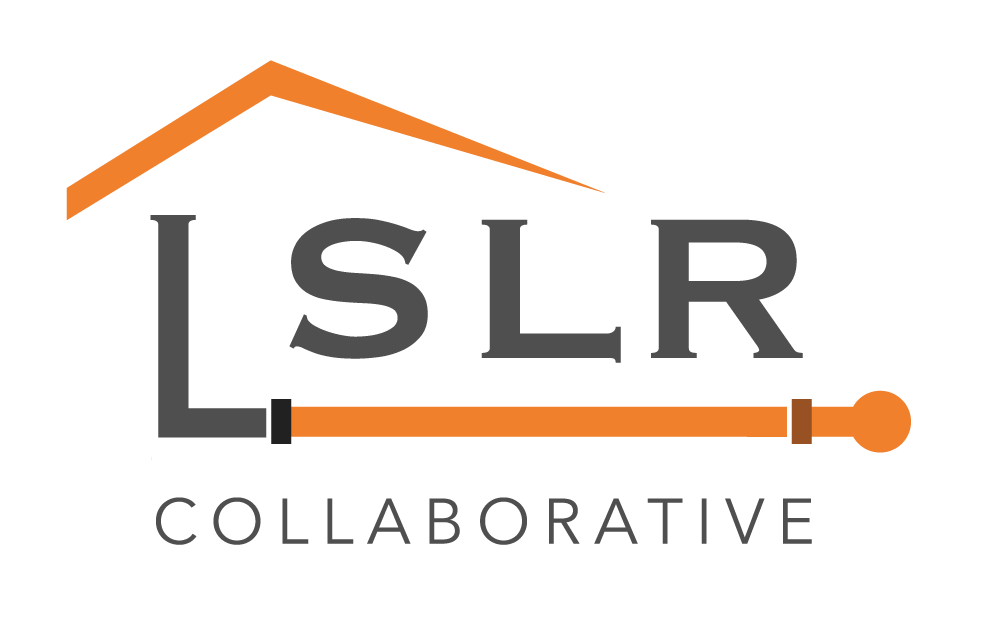|
Daily Herald
Russell Lissau Read the full article. All the potentially hazardous lead service lines in Wheeling's water system have been replaced as part of an estimated $1.2 million project, officials announced. The work was done even though no dangerous lead levels have been reported in Wheeling's drinking water and before a pending state mandate kicks in. Wheeling Village Manager Jon Sfondilis said it's a case of staying ahead of the curve "and meeting current service expectations before being regulated to do so." The Pitt News
Millicent Watt Read the full article. At the Oakland Planning and Development Corp.’s monthly public meeting on Tuesday, one Oakland community member asked a question that many wonder in the construction-filled neighborhood. “So jackhammering will be permitted at 7 a.m.?” the member asked. The meeting consisted of two presentations, including a property owner seeking community input on property construction at 3730 Dawson St. and the Pittsburgh Water and Sewer Authority explaining the process of replacing water mains throughout Central Oakland. Duluth News Tribune
News Tribune Editorial Board Read the full article. No one living in one of the thousands of Duluth homes built before the Dust Bowl era was probably shocked last week by the city’s “worrisome news,” as the News Tribune described an announcement. Mayor Emily Larson, Public Works and Utilities Director Jim Benning, and others shared at a press conference that lead levels in older homes in the city are likely to be out of compliance under new rules for lead exposure in drinking water that are set to be put into effect by the Environmental Protection Agency in 2024. While the high quality of drinking water in Duluth “has not changed,” and while the city remains “in full compliance with EPA and state regulations related to all of our standards for drinking water,” as Benning noted, under the new rules, the city likely would be required to take action. Lead pipes no more: Billings city workers embark on massive pipe overhaul in downtown neighborhoods6/23/2021
KTVQ
Andrea Lutz Read the full article. BILLINGS- This summer in Billings, work is continuing to replace roughly 320 water service valves that run from the street to homes along the downtown corridor, the college streets, and some areas in Pioneer Park. The city of Billings Public Works Department is continuing its mission to meet an EPA standard of having no lead pipes in the city by 2024 and so far, it's about 65 percent to the goal. “Yeah, it's a potential health and safety thing that we want to get stay on top of,” said city engineer Mac Fogelsong. WORT 89.9 FM
Jonah Chester and Wort News Department Read the full article. The city of Stoughton is a month and a half into replacing all of its lead pipelines. Stoughton Utilities Director Jill Weiss says the city is set to finish up with the project this fall — under budget and ahead of schedule. “Actually, just before you called I was out on site taking some pictures and seeing what they’re doing out there,” she says. “There are a number of streets that aren’t passable because of those lead service lines being replaced at this very moment.” In 2019, six out of thirty tested drinking water sites in Stoughton had elevated levels of lead. Under state policy, that meant that the city was required to conduct annual testing going forward. WKZO
Will Kriss Read the full article. KALAMAZOO, MI (WKZO AM/FM) – The City of Kalamazoo has approved a plan to replace lead lines for water in the Northside neighborhood. During a virtual meeting Monday night, Commissioners discussed the plan at length with Public Services Director James Baker. According to Baker, the project would use money from the Drinking Water Revolving Loan Fund (DWRF), which administers federal dollars used at the state level by the Michigan Department of Environment, Great Lakes and Energy (EGLE). Eagle Times
Patrick Adrian Read the full article. CLAREMONT — The City of Claremont finds itself well ahead of schedule regarding a new federal policy to replace lead-based home water lines, thanks to a running collaborative initiative and good historical records. Claremont Public Works Director Alex Gleeson met with the Claremont City Council on Wednesday to discuss a needed ordinance change to the city’s water line ownership, due to a policy change this year by the federal Environmental Protection Agency (EPA). New rules under the federal Clean Water Safety Act will require all New Hampshire municipalities to develop a plan by 2024 for the replacement of lead-based water service lines up to the customer’s meter. The Post and Courier
Chloe Johnson Read the full article. A new rule on lead and copper for the U.S. drinking water system is under consideration at the Environmental Protection Agency, the first update to these standards in over 30 years. If finalized as expected this June, the rule will make local water utilities across the country create maps for the public to show where lead is located in underground water systems. That has officials at Charleston Water System retracing old records that were kept for decades on small paper cards and developing a website to show where lead and copper lines are located. There are about 4,500 known lead service lines in the CWS system and 7,000 lines of unknown material. |
Have a suggestion for an article or blog to add?
Let us know! Type
All
Date
April 2023
|


 RSS Feed
RSS Feed